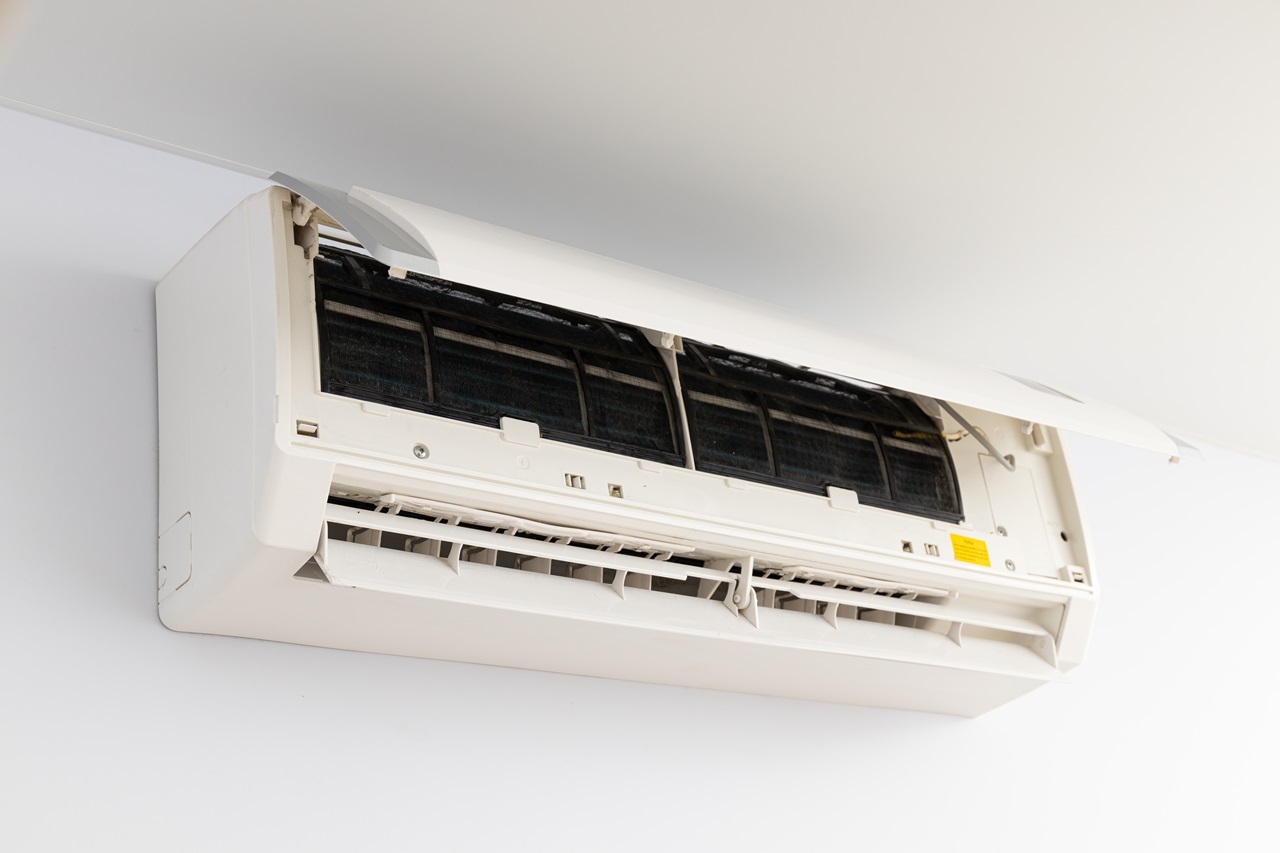During the summer months in Fort Smith, keeping cool is a top priority. But beyond just lowering the temperature, your AC is also responsible for managing humidity levels inside your home. When it stops pulling moisture from the air, the whole house can start to feel sticky and less comfortable, even when the thermostat says everything is fine. Many homeowners assume their AC is broken when, in fact, the issue could relate to something more specific — an ongoing problem with dehumidification.
If your home feels damp despite your AC running, it’s worth taking a closer look at what might be causing that. Too much indoor humidity can make sleeping harder, increase the chances of mold growth, and even affect wood furniture and flooring. Understanding how your system works and recognizing the warning signs early can help you take action before small issues turn into bigger problems.
How Your AC Removes Moisture
Your AC does more than blow cold air. One of its main functions is to pull moisture from the indoor air, making your living space feel cooler and less sticky. This process starts with the evaporator coil. When warm air from inside your home is pulled in through the return vents, it passes over this coil. The coil is filled with cold refrigerant, which cools the air and causes humidity to condense into water droplets. This moisture then drains away from the system, leaving your home cooler and drier.
None of this process works properly without good airflow. If something blocks the airflow, like a dirty air filter or a failing fan, the air can’t reach the coil efficiently, and less moisture gets removed. This could explain why your home doesn’t feel as dry as it should, even with the AC pushing out cold air.
In some situations, even when everything seems to be running normally, your home might still feel muggy. That’s often because the system isn’t set up or maintained in a way that supports strong dehumidification performance. Knowing what affects this function is key to keeping your Fort Smith home comfortable through the summer.
Why Your AC Isn’t Dehumidifying Properly
When your home still feels damp with the AC running, there are a few possible reasons behind it. Some are small and easily corrected, while others may need more attention from trained technicians. Here are a few of the most common causes:
1. Dirty or clogged filters: A clogged air filter reduces airflow, which means the system can’t pull in enough warm air to cool and dehumidify effectively. Swapping out filters regularly helps your AC breathe and do its job right.
2. Oversized AC unit: Bigger isn’t always better. A unit that’s too large for your home may cool the air too quickly, ending its cycle before it has time to remove enough moisture. This leaves you with chilly but damp air.
3. Low refrigerant levels: If there isn’t enough refrigerant in the system, the evaporator coil can’t get cold enough to condense moisture from the air. This can also reduce cooling performance and run the risk of freezing up the coil.
4. Poor maintenance: Without seasonal maintenance, small issues can go from hidden to serious fast. Blocked drain lines, dirty coils, and aging parts all interfere with how well the system runs.
Each one of these problems impacts how well your AC manages humidity. A homeowner in Fort Smith might notice this when the inside of the home just feels heavy, like after a recent rainstorm. That stuffy feeling can signal that the AC needs attention. Keeping your system clean, correctly sized, and fully charged with refrigerant will make a big difference in how dry and comfortable your home stays.
The Impact of High Humidity on Home Comfort
When humidity levels stay high inside your home, the effects are usually felt before they’re seen. You might notice rooms start feeling warmer than they should, even with the AC running. This is because humid air holds more heat, making it harder for your body to cool down. Instead of feeling the crisp comfort you expect from your AC, the air can feel muggy or moist, especially in rooms with poor circulation or lots of windows.
But it doesn’t stop with comfort. An unusually damp atmosphere can also lead to other concerns. High humidity often invites unwelcome problems like mold and mildew. These thrive in moist environments and can show up in bathrooms, around windows, or even within the walls if the air stays damp for too long. Mold issues can lead to unpleasant smells, as well as health concerns, particularly for people with allergies or asthma.
It can also cost you more to cool your home. When the air holds more moisture, your AC has to work longer cycles to make the space feel comfortable. That added strain can mean more frequent breakdowns, reduced lifespan of your unit, and higher utility bills. What might look like a minor issue now could grow into an expensive repair if left unchecked.
Simple Solutions to Restore Dehumidification
If your AC struggles to control the humidity inside your home, there are several steps you can take to fix the problem and improve performance. Some involve regular habits, while others may require adjustments to your HVAC system.
Here are the most effective ways to restore humidity control:
1. Replace air filters regularly: Dirty filters block airflow. Changing them every 1 to 3 months helps your system pull in enough air for proper moisture removal.
2. Schedule seasonal maintenance: Regular service by our professionals helps identify and resolve issues early, from clogged drains to refrigerant leaks.
3. Confirm system sizing: If you have humidity problems and your AC turns off quickly after cycling on, the unit may be too large for your space. A correctly sized system runs longer, allowing humidity to be pulled from the air properly.
4. Consider a whole-home dehumidifier: When high humidity becomes a routine issue, installing a dedicated dehumidifier that works with your HVAC system can make a big difference.
5. Inspect ductwork for leaks or blockages: Leaky or poorly insulated ducts can bring in warm and moist air from attics or crawl spaces, working against your AC’s efforts.
Each of these actions supports your system’s performance and helps your home stay dry and comfortable during humid stretches in Fort Smith. Even something as simple as fixing a clogged drain line can make a difference in how your home feels day to day.
Helping Fort Smith Homeowners Stay Dry and Comfortable
Humidity might not always be visible, but the discomfort it causes is hard to miss. If your home feels damp and sticky even with the AC running, you’re probably dealing with a dehumidification issue. Whether it’s clogged filters, a unit that’s too large, or a refrigerant problem, finding and fixing the root cause can help you reclaim control of your indoor space.
Staying ahead of moisture problems is about more than air quality. It directly impacts how comfortable your home feels, how efficient your system runs, and how often you’ll need repairs. Taking small steps now, like inspecting filters, checking airflow, and scheduling professional service, can help protect your home environment and extend the life of your AC. Fort Smith homeowners who stay proactive are far less likely to run into lasting damage from excess humidity.
If humidity continues to affect your indoor comfort and you need reliable service from an HVAC company in Fort Smith, Tom’s Heat and Air is here to help you restore balance and efficiency to your system. For a quick estimate or to book a service visit, please contact us today.



